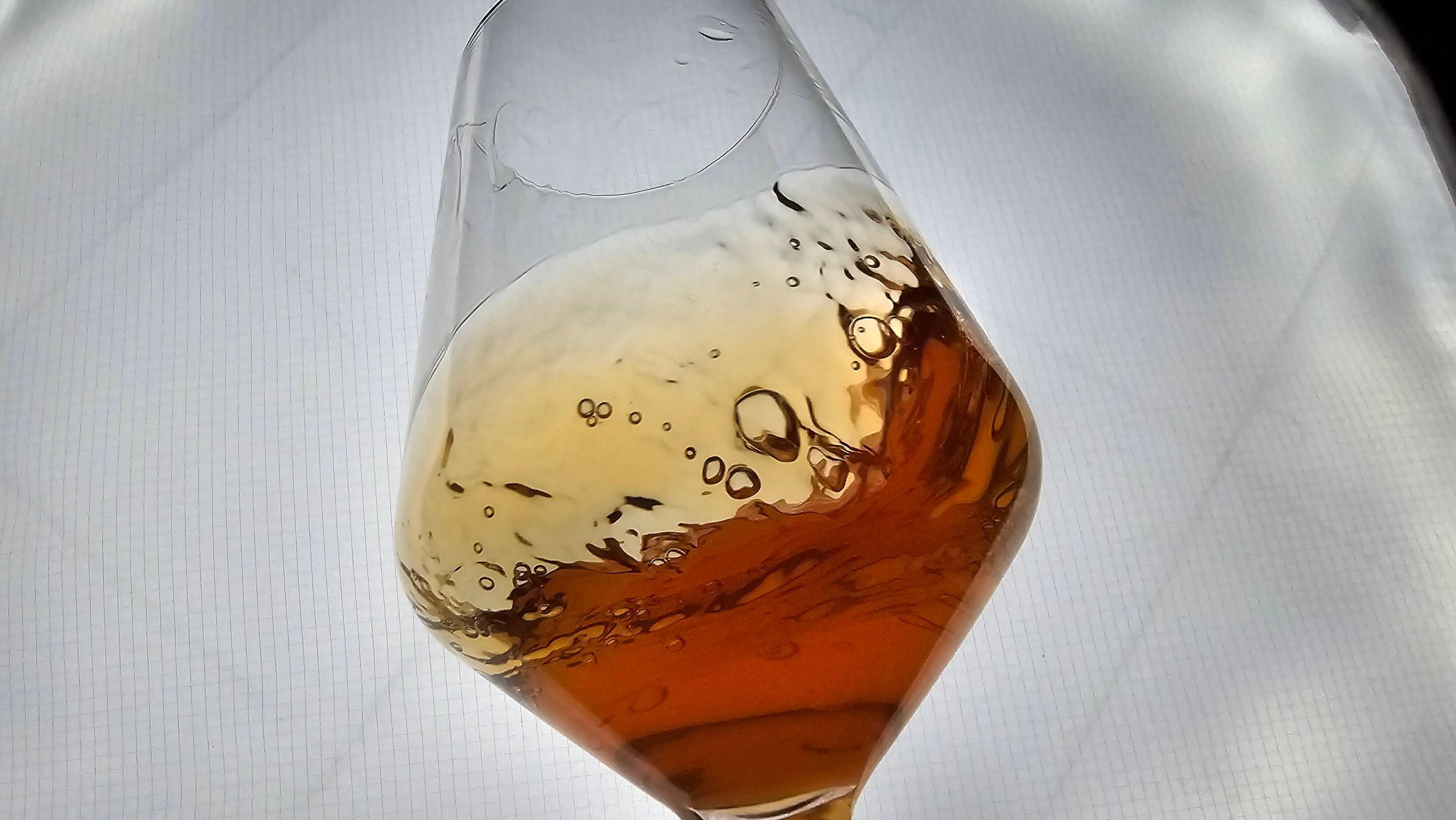Orange You Ready To Discover Orange Wine?
Dive into the world of orange wine, a unique style crafted using an ancient technique. These intriguing wines, also known as skin-contact whites, are made from white grapes left in contact with their skins during fermentation, resulting in surprising orange hues and bold, complex flavors. Often classified as natural wines, they offer a fascinating alternative to traditional white and red styles, attracting curious palates with their unique character.
Adding Art to Bubbles: The Champagne Method
Have you ever wondered what gives traditional method sparkling wines, like Champagne or Italy's most celebrated Metodo Classicos, their complex flavors, creamy texture, and endearing bubbles? The answer lies in the rigorous and painstaking process used to make them. Let’s look deep into the secrets of the aging and how Italian winemakers are mastering this technique to create world-class wines.
Yeast: the Invisible Winemaker
We talk a lot about how wine is made, how its aged, how its grown. However, we often forget and overlook one of the most crucial parts of the winemaking process. So crucial, that without it being present we end up with stinky grape juice. Of course, we are talking about yeast, that magical microscopic thing that makes fermentation possible.
The Palate of a Winemaker
In this second part of our Winemaker Interview series, we talked with Vero Producers to understand how they evaluate and taste wine. What do they look for in a good wine, what wines do they like? Take a personal look at how a winemaker uses their palates, and what they prefer to drink in their spare time and out and about.
All in The Family: Growing Up in Wine
From sun-drenched harvests that felt like family celebrations to the quiet, everyday moments etched in childhood memories, our interviewees reveal the soul of Italian winemaking. More than just a craft, it's a legacy woven into the very fabric of their lives. Discover the diverse stories of passion, tradition, and innovation that shape the vineyards, from the unique terroirs that nurture exceptional grapes to the intimate, hands-on techniques passed down through generations. Each tale is a testament to the profound connection between family, land, and the art of creating extraordinary wine—a journey you won't want to miss.
ABC’s of How to Make Wine
Now that harvest is taking over the wine world in the Northern Hemisphere, it's time to brush up on the ABC's of how to make wine.
While it seems like a simple enough process, after all wine was discovered by accident by women in ancient times who discovered that their grapes lying around started to create this juice which made them giggle and feel happy.
But the 3 million dollar question is: how do you make a GOOD wine?
Meaning, a wine that has an enticing flavor and intriguing complexity that makes you want to take another sip.
Brush up on the basic building blocks of winemaking in this article.
It’s the Sugar, Baby
Can a wine with a significant amount of sugar taste dry? Can a wine with a lower amount of sugar taste sweet? You bet!
Many wine professionals say that American wine drinkers “talk dry but drink sweet.” What is behind this phenomena? How do winemakers use sugar as a lever in making both dry wines and sweet wines?
Learn about the art & science behind sugar in wine in this article.
No Wine Before Its Time
Case Corini, a biodynamic winery in Piedmont, Italy, stands out for its unconventional approach to winemaking and the unique philosophy. How does this philosophy extends to their vintages? Learn how the sixth generation, siblings Guido and Luisa, handle vintage variations and get the low down on their prestigious Barla wine, in an exclusive year by year tasting that you can even recreate yourself. Learn about how the weather impacted Case Corini wines vintage by vintage in this article.
Elephants in the Natural Wine Room
Let’s face it: Natural Wine is having a moment. Everyone in the wine world is talking about it in some way or form. But what is natural wine? What’s the deal with natty wine? Is natural wine organic? Is natural wine better for you? What defects are their in natural wine and how can you identify them? Become a natural wine expert in this article.
Amphora: Making Wine Naturally for Ages
Pieces found of 8,000 year old amphora clay wine jars show what an ancient winemaking technique amphora was for Georgians, Armenians, Greeks, Romans and other ancient cultures. The ancient tradition of making wine in amphora, or a clay jar/vessel, fortunately still continues, like with 200 year old family estate winery in Spain Bodega de las Estrellas which craft natural wines using amphora from the 19th century. Amphora is a great way to make natural wines, thanks to the characteristics of clay and the shape of amphorae clay jars.
Discover for yourself the uniqueness of clay amphora in winemaking as we explore in this article the history of amphora wine, how to make amphora wine, and why it's a great choice for making delicious, harmonious natural wine.
Super Natural Wines: the Super Heroes of Sustainability
What makes a wine a ‘natural wine’? How can I know I am buying a wine that is made sustainably? Explore the various approaches to sustainability in wine, from farming to production in this article
Is 'real' natural wine becoming endangered?
Not surprisingly, as we consumers have become more conscious of what’s on our plates, demand for organic food has increased, along with knowing where it comes from and how it was farmed and made. Is wine next?












